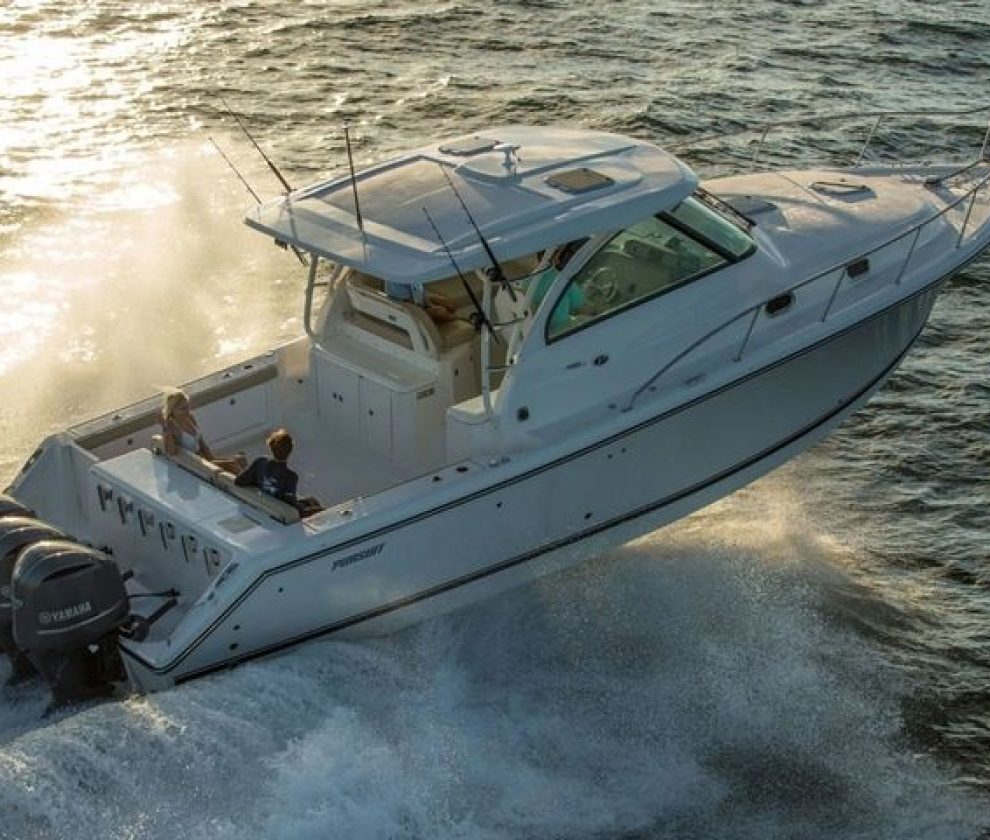Adventures Across the Ocean’s Vastness
The sea has long been a captivating and mysterious setting in literature, offering a backdrop for stories that explore adventure, peril, and self-discovery. Fictional stories about sea journeys bring to life the exhilaration of setting sail into the unknown, where the characters are at the mercy of nature’s power. These tales often blend the excitement of ocean adventures with deeper themes of personal growth, survival, and the human connection to the vast, uncharted waters.
Whether it’s navigating through fierce storms or discovering new lands, sea journeys in fiction open up endless possibilities for thrilling narratives. Let’s dive into some of the best fictional stories about sea journeys that have captivated readers for generations.
The Call of the Sea: A Classic Tale of Adventure
While Call of the Sea by Captain Ron Smith is an autobiography, many fictional sea journey stories have shaped the genre, and their influence is undeniable. The book captures Captain Ron’s love for the ocean, much like classic tales of sailors navigating the vast seas. But fictional stories such as Moby-Dick by Herman Melville or Treasure Island by Robert Louis Stevenson set the stage for what many think of as quintessential sea adventure tales.
In Moby-Dick, Captain Ahab’s obsessive journey across the oceans to hunt the elusive white whale is a powerful fictional tale about man’s relationship with nature. The sea in Melville’s novel is both a literal setting and a symbol of the depths of human ambition, obsession, and pride. This fictional sea journey explores themes of fate and humanity’s quest to conquer the uncontrollable.
On a lighter note, Treasure Island by Robert Louis Stevenson brings to life the excitement and peril of a sea journey as young Jim Hawkins embarks on a treasure hunt aboard a pirate ship. This classic adventure novel is filled with perilous encounters, mutinies, and a quest for hidden riches. The sea here becomes an arena for bravery, cunning, and self-discovery.
Storms at Sea: The Ultimate Test of Survival
Another common element in fictional stories about sea journeys is the storm at sea. These tales often center around survival, where the characters are thrown into extreme conditions that test their endurance and resilience. A great example is The Old Man and the Sea by Ernest Hemingway, where the protagonist, Santiago, faces a long and grueling battle with a giant marlin in the Gulf Stream. While the focus is more on the internal struggle and the quest for meaning, Hemingway’s novel portrays the ocean as a powerful force, merciless and unpredictable.
Similarly, Life of Pi by Yann Martel tells the incredible story of Pi Patel, a young boy stranded on a lifeboat with a Bengal tiger after a shipwreck. This fictional sea journey is not only a test of survival but also a spiritual journey, as Pi must rely on his faith, resourcefulness, and inner strength to navigate the harsh oceanic expanse.
Fantastical Journeys and Discovery
Sea journeys in fiction aren’t limited to tales of survival. Many stories take readers on fantastical adventures that blur the line between reality and imagination. Twenty Thousand Leagues Under the Sea by Jules Verne is a prime example of this genre. In this science fiction classic, Captain Nemo and his submarine, the Nautilus, explore the deepest parts of the ocean, encountering strange sea creatures and lost cities. The novel combines adventure, mystery, and scientific exploration in a thrilling oceanic voyage.
Another example of a fantastical sea journey is The Odyssey by Homer. This ancient Greek epic follows the hero Odysseus as he sails across the Mediterranean, facing monsters, gods, and temptations on his ten-year journey home from the Trojan War. The sea, in this case, represents both physical and emotional challenges as Odysseus grapples with his fate and the forces that seek to keep him from returning to Ithaca.
The Connection Between Sea Journeys and Self-Discovery
At the heart of many fictional stories about sea journeys is the theme of self-discovery. The ocean serves as a mirror to the character’s inner world, offering a space for reflection, growth, and personal transformation. In The Old Man and the Sea, Santiago’s battle with the marlin is more than just a fight for survival—it is a profound exploration of dignity, perseverance, and the human spirit.
In more modern narratives, sea journeys can symbolize the journey into the unknown parts of ourselves. In Call of the Sea, although it’s a real-life autobiography, Captain Ron Smith’s memoir explores how his time on the water shaped his identity and purpose. His transformation from a young boy with a love for the ocean to an experienced boat captain mirrors a deeper journey of self-actualization and fulfillment. Fictional sea adventures often use the ocean as a metaphor for the challenges we all face in life and the courage it takes to navigate them.
Why Sea Journeys Continue to Fascinate Readers
Fictional stories about sea journeys remain captivating because they tap into something universal—the call of the unknown. The ocean represents both freedom and danger, offering boundless opportunities for discovery while demanding respect. Sea adventures have the power to evoke awe, fear, and excitement, making them the perfect setting for stories about overcoming obstacles, seeking adventure, and discovering one’s true self.
Whether you’re looking for an exhilarating storm at sea novel, an ocean adventure autobiography, or a fantastical tale of discovery, the sea will always have the power to transport you to a world filled with adventure and self-discovery.

